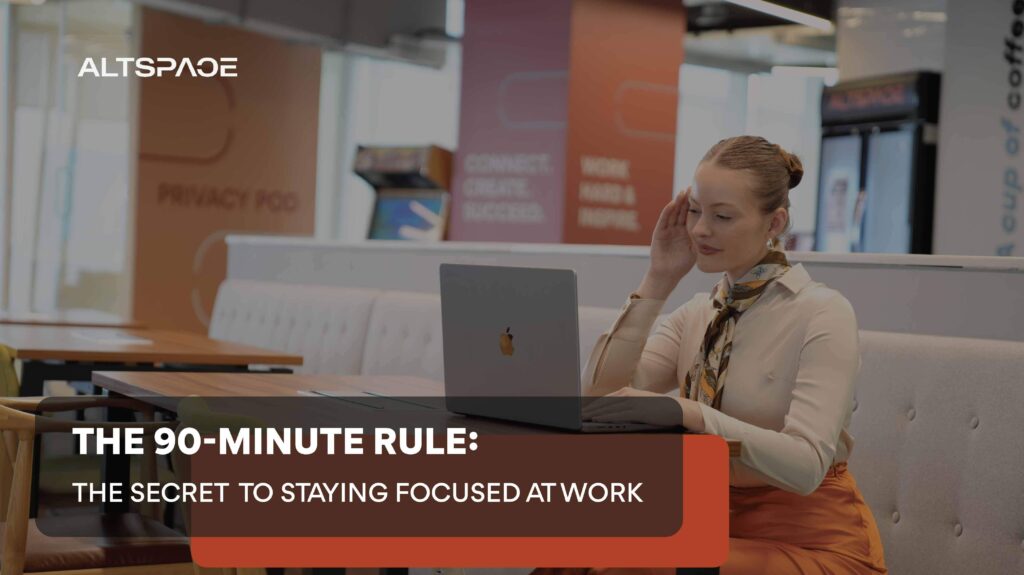A Personal Wake-Up Call
A couple of months ago, I thought I had the perfect plan: sit down at 9, grind straight through until lunch, and feel like a productivity machine. By 10:45, I was already fading. My eyes were heavy, my focus gone. I wasn’t lazy, but something was off.
That’s when I remembered the idea of the 90-minute rule. I had read about it once, tucked away in an article on focus cycles. I decided to give it a try — focus hard for an hour and a half, then stop. The difference was immediate. I felt clearer and less drained, and oddly enough, I actually got more done.
The Science Without the Jargon
The rule traces back to research by Nathaniel Kleitman in the 1960s. He found that our bodies move in natural 90-minute rhythms, during sleep and while awake. At night, it’s the shift between light and deep sleep. During the day, it’s a rise and fall in energy and attention.
So the idea is simple: about 90 minutes of strong focus, followed by a dip. Ignore the dip, and you get foggy, distracted, and cranky. Work with it, and you can reset before sliding into that slump.
What Happens When You Push Past It
I’ve tried the marathon sessions. By the third hour, my brain feels like it’s wading through mud. Decisions get harder, emails take longer, and I start second-guessing myself.
When you cut work into cycles instead, something changes:
- Your focus feels sharper because you know the session will end soon.
- Breaks stop feeling like “slacking,” because they are part of the rhythm.
It’s not about squeezing more hours in. It’s about protecting the hours you already have.
Why Coworking Spaces Fit So Well
At first, coworking spaces can feel distracting, with people walking around, small conversations at the coffee machine, and that low background hum. But I’ve noticed that this flow actually works with the 90-minute rule, not against it.
Here’s how my day often goes:
- First session: I grab a desk, put on my headphones, and dive into writing or strategy.
- Break: I get up, stretch, chat with someone in the lounge, or refill my cup.
- Second session: I change seats, maybe to a quieter booth, and start a new cycle.
That change of place and pace does half the work for me. The space itself nudges me into the rhythm. It feels natural, not forced.
How to Start Using It
You don’t need timers or fancy apps. Here’s what I do most days:
1. Pick one important task for the first cycle.
2. Work with full focus. No phones, no endless tabs.
3. When you hit the dip, stop. Step away. Move. Drink water.
4. Come back ready for another round.
It feels awkward at first, especially if you’re used to pushing through. But once you try it for a week, the structure becomes second nature.
A Different Way to Think About Work
The 90-minute rule isn’t a life hack. It’s just a reminder that our brains have rhythms, and fighting them rarely works. When you lean into those cycles, you get clarity and energy back.

